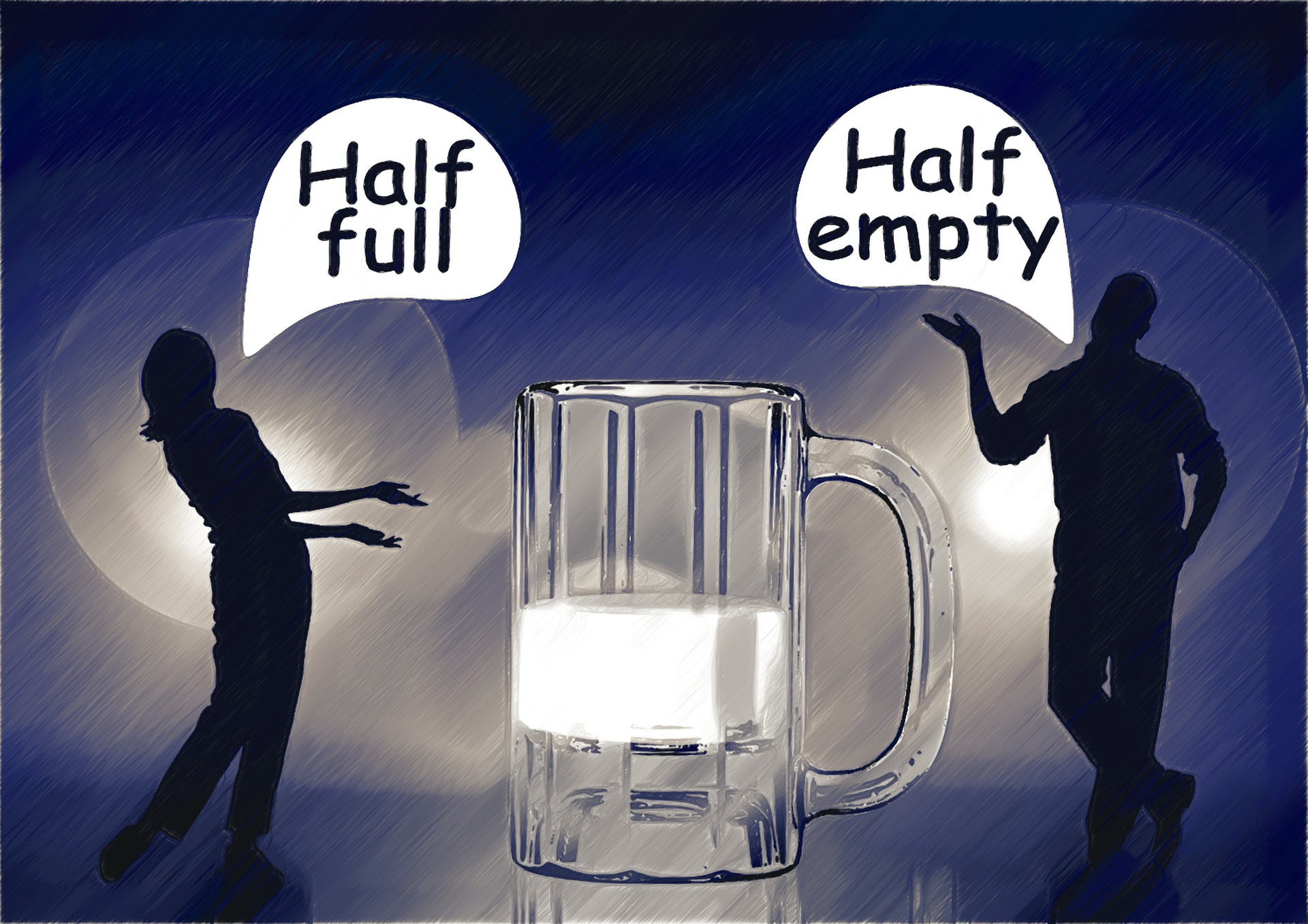Sometimes, perspective and point of view (POV) in writing are used interchangeably, but they shouldn’t be.
When you craft your novel, POV is one of the first decisions you’ll have to make. Perspective will be something you’ll consider the whole way through the writing process.
What is POV – Point of View?
Point of view refers to the narrative voice or lens through which the story is told. It determines who is telling the story and what they can reveal. Common points of view include:
- First Person (“I” perspective), where the story is told by a character within it.
- Third Person Limited (“he/she/they” perspective), where the narrator is outside the story but focuses on one character’s thoughts and feelings.
- Third Person Omniscient, where the narrator knows everything about all characters and events.
- Second Person (“you” perspective), which is less common and directly addresses the reader.
What is Perspective?
Perspective is the unique way a specific character views the world, shaped by their experiences, background, emotions, and personal biases. Two characters might witness the same event, but their perspectives on it can be completely different based on their personalities and values. Perspective adds depth to POV by influencing the character’s thoughts, reactions, and the way they interpret events.
Main differences between POV and Perspective
| Aspect | Point of View | Perspective |
| Function | POV determines the narrative style (e.g., first-person, third-person limited, omniscient) and affects how much the reader knows about the characters and plot. | Perspective adds depth to the POV by coloring the narrative with a specific character’s personal viewpoint, biases, and emotions. |
| Scope of Insight | POV controls whose thoughts, feelings, and knowledge the reader has access to (e.g., one character in third-person limited or all characters in third-person omniscient). | Perspective affects how events are interpreted based on the character’s beliefs and experiences, even if multiple perspectives are presented in the same POV. |
| Influence on Reader’s Understanding | POV impacts the structure of the story and how much information is revealed to the reader. | Perspective shapes the reader’s emotional connection and understanding of the characters by offering unique interpretations and reactions to events. |
| Narrative Example | POV is like the camera angle in a film, deciding what the reader can see and hear. | Perspective is like the character’s personal filter, influencing how that “camera” interprets what it captures. |
POV Options
First Person
- The story is told from the perspective of a character within the story, using “I” or “we.” This POV creates an intimate, direct connection with the character’s thoughts, feelings, and experiences.
- Example: The Catcher in the Rye by J.D. Salinger.
Second Person
- The narrator speaks directly to the reader, using “you” as if the reader is the main character. This POV is rare in fiction but can create an immersive, unique experience.
- Example: Bright Lights, Big City by Jay McInerney.
Third Person Limited
- The narrator is outside the story, using “he,” “she,” or “they,” but closely follows one character’s thoughts, feelings, and experiences. This POV provides insight into one character’s perspective while maintaining narrative distance.
- Example: Harry Potter and the Sorcerer’s Stone by J.K. Rowling.
Third Person Omniscient
- The narrator is all-knowing and has access to the thoughts, feelings, and experiences of all characters, as well as knowledge of events happening anywhere in the story world. This POV offers a broader, more objective perspective on the story.
- Example: Pride and Prejudice by Jane Austen.
Third Person Objective
- The narrator reports only observable actions and dialogue, without access to any character’s inner thoughts or emotions. This POV reads like a camera capturing events without interpretation, leaving readers to infer character motivations.
- Example: Hills Like White Elephants by Ernest Hemingway.
In Other Words
So, there are several types of third-person: third-person limited, third-person objective and third-person omniscient. The first is far more common in modern writing. It simply means that the narrator describes the story through only one person’s eyes at a time.
As always, the writer’s skill makes all the difference.
Still, it doesn’t hurt to know that most novels are written in Third Person Limited, though often from many characters’ POVs. Who tells which portion of the story can greatly increase suspense.
Perspective
After choosing who tells the story, the next challenge is deciding how they’ll tell it. Perspective is shaped by the character’s age, background, desires, and motivations, influencing their view of events.
As the saying goes, “There are three sides to every story: your side, my side, and the truth,” reminding us that each character’s perspective can alter the “truth” they share. Consider whether your character is reliable, mistaken, or biased in some way—factors that add depth to their narrative angle and how they report events.
Examples of Perspective
Perspective in writing shines in fairy tale retellings that explore the viewpoints of minor characters—or even the villain.
For instance, Wicked, based on Gregory Maguire’s novel, shows the Wizard of Oz story through the Wicked Witch’s eyes, challenging our assumptions about her as simply “evil.”
Similarly, Where’d You Go, Bernadette? by Maria Semple uses POV and perspective in a unique way, blending letters from Bernadette with her daughter’s narration to reveal different sides of her character. As readers, we start questioning Bernadette’s sanity, only to realize by the end she may just be misunderstood. Such shifts in perspective add depth and intrigue to a story. When planning your own manuscript, think about how a character’s perspective can add layers to the narrative and make it more engaging for readers.
We’re Open to Feedback! 🗣️📢
Do you have a topic you would like us to cover? A suggestion for the next big feature? Share your brilliance! Turn your idea into the next sensation! Let us know, and join us on Discord! 🙂




